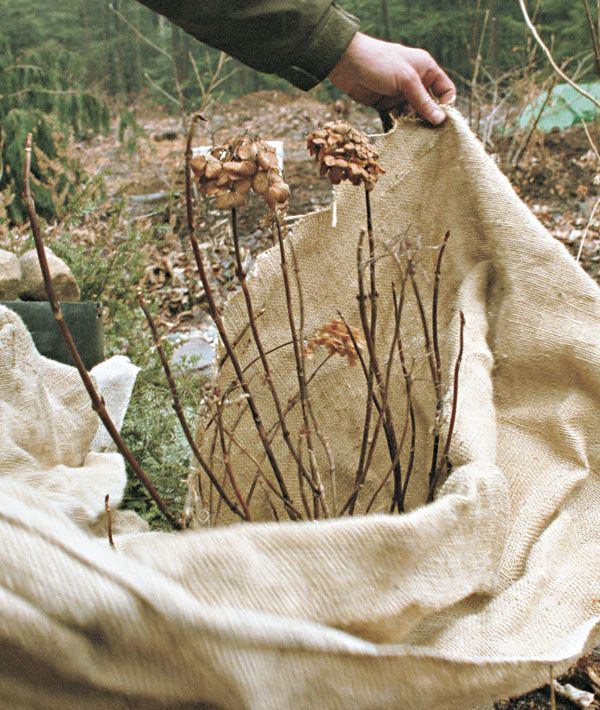- February 7, 2025
- Posted by: wellcoindustries
- Categories: Burlap, Erosion Control
Introduction
Frost can be a gardener’s worst enemy, causing significant damage to tender plants when temperatures drop unexpectedly. One of the most effective methods for protecting your garden is placing burlap over plants for frost protection. In this article, we’ll explore five essential tips that ensure your plants remain safe throughout the cold season. Whether you’re an experienced gardener or a beginner, these actionable steps will help you minimize frost damage and keep your garden thriving.

Understanding Frost Damage and the Role of Burlap
How Frost Affects Plants
Frost forms when the temperature of surfaces falls below freezing, causing water inside plant cells to crystallize. This crystallization can rupture cell walls, leading to irreversible damage. In fact, according to a study by the American Horticultural Society, frost damage is one of the primary causes of plant stress in early spring. Understanding how frost impacts your plants is the first step in protecting them.
Why Burlap is an Effective Solution
Burlap acts as a natural insulator that traps heat around your plants. Unlike plastic covers, burlap allows for airflow, which helps prevent moisture build-up and subsequent fungal growth. Additionally, burlap’s natural fibers offer a degree of UV protection, extending the lifespan of your plants during harsh weather conditions. By placing burlap over plants for frost protection, you are providing a cost-effective and environmentally friendly solution.
Tip #1: Choose the Right Type of Burlap
Understanding Burlap Materials
Not all burlap is created equal. When selecting burlap for frost protection, consider its weight, weave, and durability. Heavy-duty burlap offers better insulation, while lighter versions may not withstand strong winds. Look for natural, untreated burlap to ensure it remains breathable and non-toxic to your plants.
Where to Purchase High-Quality Burlap
Quality burlap can be found at most gardening centers, home improvement stores, or online retailers. Check reviews and product specifications to confirm that the burlap meets the requirements for effective frost protection. Investing in high-quality material ensures that you get long-term value and reliable performance during the frost season.
Tip #2: Proper Timing for Covering Plants
Monitoring Weather Forecasts
Staying ahead of adverse weather conditions is crucial. Use local weather apps or websites to monitor temperature drops and frost warnings. Setting up alerts on your smartphone can give you timely notifications, ensuring you have adequate time to prepare your garden.
Ideal Conditions for Frost Protection
The best time to cover your plants is during clear, calm nights when temperatures are predicted to drop below freezing. Avoid covering your plants on windy nights if possible, as the wind can dislodge the burlap and reduce its insulating efficiency. By timing your frost protection measures correctly, you can maximize the effectiveness of placing burlap over plants for frost protection.
Tip #3: Correct Installation Techniques
Step-by-Step Guide to Placing Burlap
- Preparation: Gather your materials including burlap, stakes, and bungee cords or twine.
- Clearing the Area: Remove any debris from around your plants to create a clean working space.
- Draping the Burlap: Gently drape the burlap over your plants, ensuring it covers them completely.
- Folding Edges: Fold excess material around the base of the plants for added insulation.
- Securing the Cover: Use stakes or secure ties to anchor the burlap in place without damaging the plants.
Securing the Burlap Effectively
Secure the edges of the burlap with bungee cords or garden twine. Make sure the cover is snug but not too tight; you want to allow air circulation while keeping the warmth in. If needed, use additional supports such as garden hoops to maintain the structure and stability of the cover.
Tip #4: Complementary Frost Protection Methods
Combining Burlap with Other Techniques
For enhanced protection, consider combining burlap with other frost prevention methods. For example, placing a layer of mulch around the base of your plants can help retain soil warmth. Additionally, you might use cloches or frost blankets in conjunction with burlap for particularly vulnerable species.
Additional Insulation Options
- Mulching: Apply a thick layer of organic mulch to insulate plant roots.
- Watering: Water your plants before a frost; moist soil retains heat better than dry soil.
- Windbreaks: Use temporary windbreaks or barriers to shield your garden from harsh winds, which can strip away the insulating properties of the burlap.
Tip #5: Maintenance and Post-Frost Removal
Inspecting Plants After Frost
After a frost event, carefully inspect your plants for any signs of damage. Look for wilted leaves, discoloration, or signs of stress. Early detection can help you take corrective measures, such as additional watering or protective measures for upcoming cold snaps.
Removing Burlap Safely
Once the danger of frost has passed, remove the burlap gradually. Begin by taking it off during a warmer part of the day to allow the plants to adjust slowly to the change in temperature. Be gentle to avoid disturbing new growth or causing mechanical damage. This process not only helps in recovery but also ensures the burlap remains in good condition for future use.
Conclusion and Final Thoughts
Recap of Essential Tips
Placing burlap over plants for frost protection is a reliable method to safeguard your garden during the winter months. By choosing the right burlap, timing your protection measures accurately, installing the cover properly, and combining it with other techniques, you can significantly reduce the risk of frost damage. Remember to maintain your garden by inspecting for damage and removing the burlap safely once the frost threat subsides.
Call to Action
Implement these five essential tips in your garden routine and enjoy a more resilient, vibrant garden throughout the cold season. If you found these tips helpful, please share your experiences in the comments below, subscribe for more gardening advice, and share this article on social media to help others protect their gardens. Happy gardening!
